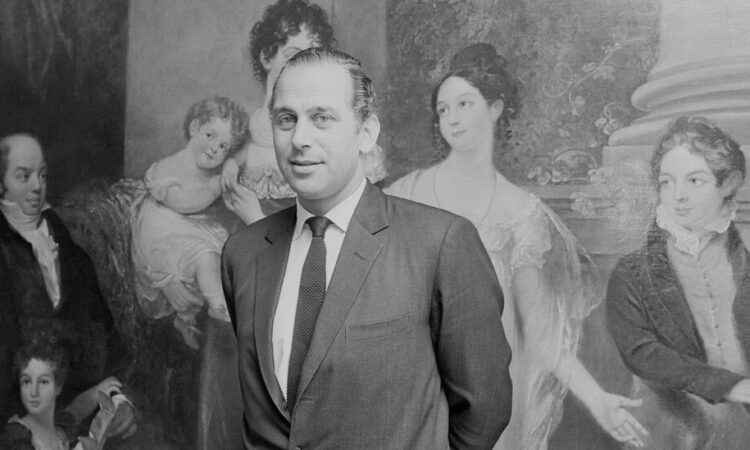
As mergers swallowed up smaller financial institutions in a growing concentration of global banking power in the 1980s, Mr. Rothschild was credited by historians with protecting the Rothschild name from what he regarded as unsavory business and preserving its prized independence, which had been threatened by outside pressures and internal disunity.
Rothschild’s reputation, Mr. Rothschild insisted, was put at risk in the 1960s by a cousin, Jacob Rothschild, who proposed a merger of the family bank with S.G. Warburg, an investment bank listed on the London Stock Exchange. Jacob later used the family name in his aggressive Rothschild Investment Trust to strike lucrative deals with art and car rental companies and, with the American entrepreneur and corporate raider Saul Steinberg, to take over a mutual fund and an insurance company.
Opposing use of the name for such dealings, the more conservative Evelyn outmaneuvered his cousin, who resigned as a director of the family holding company and renamed his own unit RIT Capital. The dispute lingered until 1980, when the cousins agreed that the family bank would operate separately from Jacob’s RIT venture. While the press characterized the contretemps as a family feud, it had wider implications for the unity and independence of the larger Rothschild enterprise.
Since the 1760s, when the patriarch Mayer Amschel Rothschild founded the dynasty in Frankfurt and sent four of his five sons — the five arrows in the family crest — to establish four more businesses in London, Paris, Vienna and Naples, the Rothschilds had been a partnership whose wealth and family ties had been a bulwark. But in the 20th century, world wars, the Great Depression and other strains had disrupted that alliance.
To rebuild the Old World partnership, Mr. Rothschild led a successful effort to reunify disparate family interests under a Swiss-based canopy, Rothschilds Continuation Holdings, which held stakes in Rothschild firms in Britain, France, the United States, the Netherlands, Australia, Hong Kong, Singapore and other locales. Mr. Rothschild was its chairman from 1982 to 2003.
“The first important strength of the family is unity,” he told The New York Times in 1996.
Niall Ferguson, the British economic historian, wrote in “The House of Rothschild” (1998) that Mr. Rothschild believed “that the Rothschilds could combine the traditional virtues of the family firm with a genuinely global reach by constructing a modern version of the old Rothschild system: at the center a closely knit group of family-controlled companies with an expanding network of agencies and associates with varying degrees of autonomy.”





